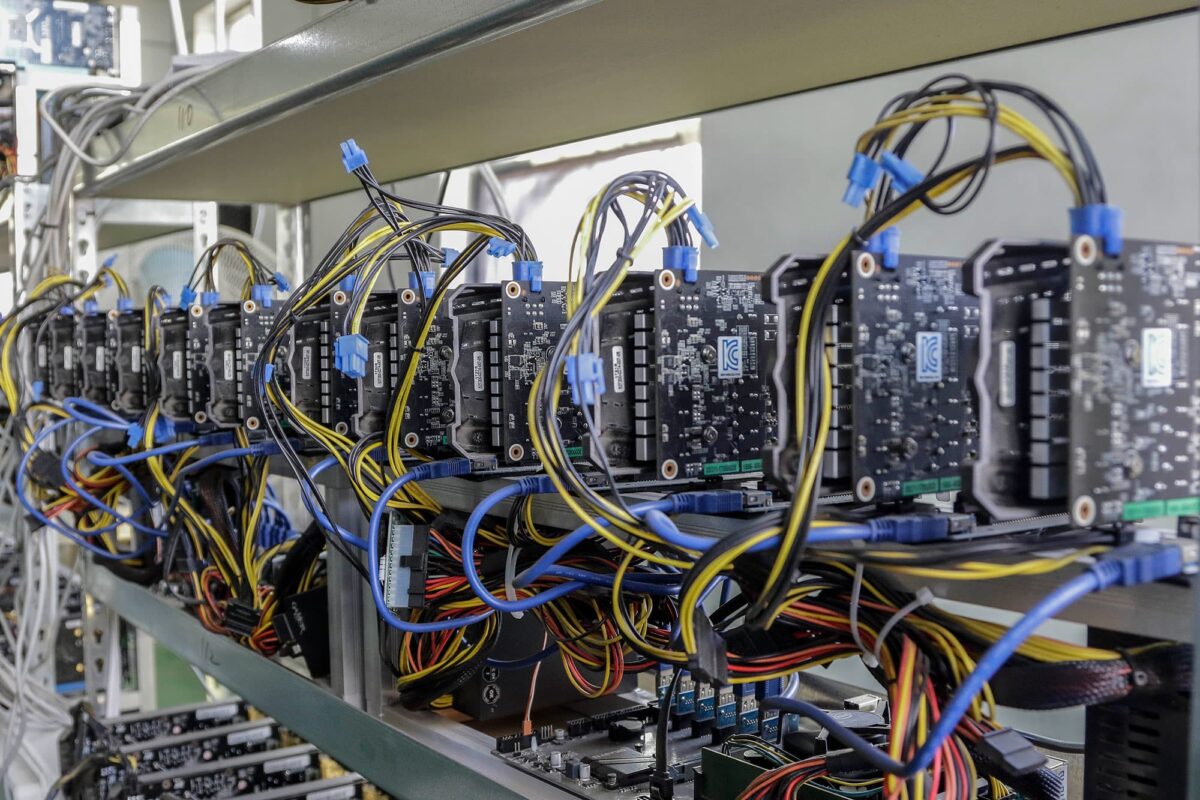Solo Bitcoin mining in 2025 is a high-stakes endeavor, often reserved for large-scale operations with access to industrial-grade hardware and cheap electricity. For most community-focused miners, joining a mining pool offers a more practical path to passive income. These pools aggregate computational power from multiple participants, increasing the likelihood of earning rewards and distributing them proportionally. While the concept may seem straightforward, the mechanics behind pool selection, payout structures, and trust factors require careful consideration to ensure long-term profitability and security.
Mining pools operate by combining the hash rate of thousands of miners to solve complex cryptographic puzzles more efficiently. When a block is successfully mined, the reward currently 3.125 BTC per block, is divided among participants based on their contribution. This model reduces the volatility of solo mining, where months can pass without a single payout. For passive income seekers, pools offer consistent earnings and lower risk, but not all pools are created equal.
Selecting the right pool involves evaluating several key metrics. Hash rate distribution is one of the most important. Pools with a significant share of the global hash rate tend to find blocks more frequently, resulting in more regular payouts. However, excessive centralization raises concerns about network security and governance. Ethical miners often prefer pools that maintain a balanced share to support decentralization. Fee structures also vary widely. Some pools charge a flat percentage, typically between 1% and 2%, while others offer tiered models based on performance or loyalty. Hidden fees, such as withdrawal charges or minimum payout thresholds, can erode earnings over time.
Payout methods influence both predictability and profitability. Pay Per Share (PPS) models offer fixed rewards for each share submitted, providing stability but often at the cost of higher fees. Proportional and Pay Per Last N Shares (PPLNS) models distribute rewards based on actual block discovery, which can be more lucrative but less predictable. For miners seeking passive income, PPS may be preferable for its consistency, while more active participants might benefit from the higher potential returns of PPLNS.
Trust factors are critical in an industry where anonymity and decentralization coexist with financial risk. Reputable pools publish real-time performance data, maintain transparent governance, and offer robust customer support. Some even undergo third party audits or integrate blockchain based verification systems to ensure fairness. Community engagement, open-source software, and clear communication channels are additional indicators of reliability. Miners should avoid pools with opaque ownership structures, inconsistent payouts, or limited documentation.
Security considerations extend beyond the pool itself. Connecting to a pool requires configuring mining software, which can expose users to malware or phishing if sourced from unverified platforms. Using secure wallets, enabling two factor authentication, and regularly updating firmware are essential practices. Some pools offer integrated wallet services, but storing earnings in a personal cold wallet remains the safest option.
Mining pools democratize access to Bitcoin rewards, allowing individuals with modest setups to participate meaningfully in the network. By understanding the nuances of pool selection, payout structures, and trust dynamics, miners can optimize their passive income strategy while supporting the broader ethos of decentralization. In a landscape shaped by innovation and volatility, informed collaboration remains one of the most powerful tools for sustainable success.
Related Products



















